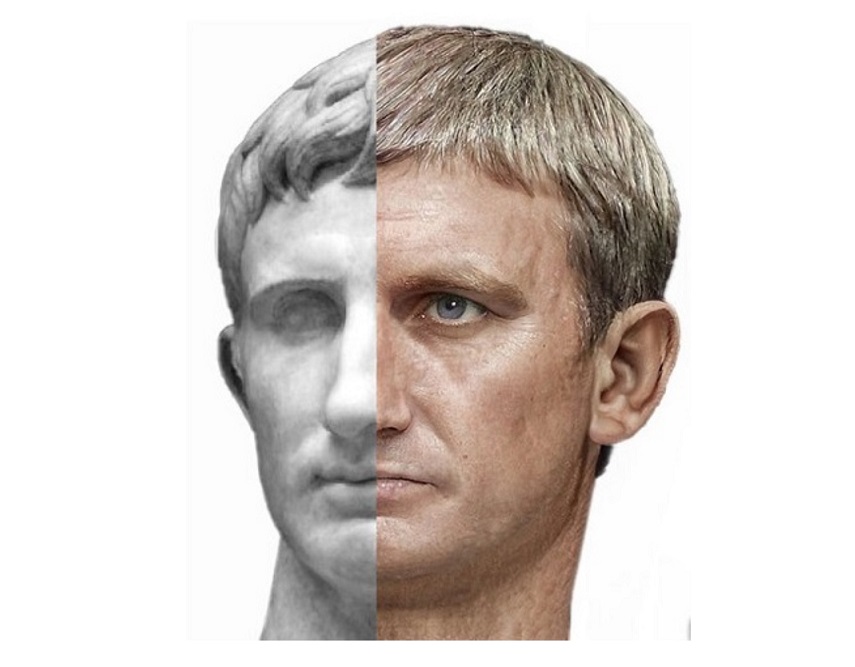Machine learning has opened doors to endless human innovations, one among them is renovating old photos and videos. Using the tool we can bring ancient statues to life, with the help of chipped stone busts of the Roman emperors we can turn them into photorealistic faces.
Daniel Voshart is an artist who created the series of ancient Romans back to life. Being a VR specialist and COVID-19 putting a halt on his projects, the artist started exploring his hobby of colouring old statues which led him to the creation of portraits of Roman emperors.
Ar first he created 54 depictions of Roman emperors back in July. Talking to The Verge he said, initially he made 300 portraits in his first batch, hoping the batch would sell in a year. Instead, they were sold out in three weeks. Then his work started prevailing during the lockdown period.
For creation, he uses different software and sources. “Using the neural-net tool Artbreeder, Photoshop, and historical references, I have created photoreal portraits of Roman Emperors. For this project, I have transformed, or restored (cracks, noses, ears, etc.) 800 images of busts to make the 54 emperors of The Principate (27 BC to 285 AD),” he wrote on his Medium blog.
“The main technology behind Artbreeder is its generative adversarial network (GAN). Some call it Artificial Intelligence but it is more accurately described as Machine Learning,” he noted.
“Artistic interpretations are, by their nature, more art than science but I’ve made an effort to cross-reference their appearance (hair, eyes, ethnicity, etc.) to historical texts and coinage. I’ve striven to age them according to the year of death — their appearance prior to any major illness,” he added.
Each design takes a whole day to prepare. Voshart aim is not to create a simple copy of a statue in flesh but to create a photo portrait that looks more convincing and realistic. He sometimes uses high-resolution images of celebrities to heighten realism in the portrait.
In his Augustus creation, there is a touch of Daniel Craig. To create the portrait of Maximinus Thrax he used images of wrestler André the Giant. These photos helped him find out with similarities between the emperors and modern-day celebrities to create the portrait.
Some rulers who didn’t have statues to create their portraits from, Voshart instead used coin depictions and family tree. “Some emperors (latter dynasties, short reigns) did not have surviving busts. For this, I researched multiple coin depictions, family trees, and birthplaces. Sometimes I created my own composites,” he said.
Surprisingly, Voshart was never interested in Roman history before starting the project. Once he started to learn profoundly about the lives of the emperor in order to create portraits, his mind has changed.
“My goal was not to romanticize emperors or make them seem heroic. In choosing bust/sculptures, my approach was to favor the bust that was made when the emperor was alive. Otherwise, I favored the bust made with the greatest craftsmanship and where the emperor was stereotypically uglier — my pet theory being that artists were likely trying to flatter their subjects,” he said on his blog.

